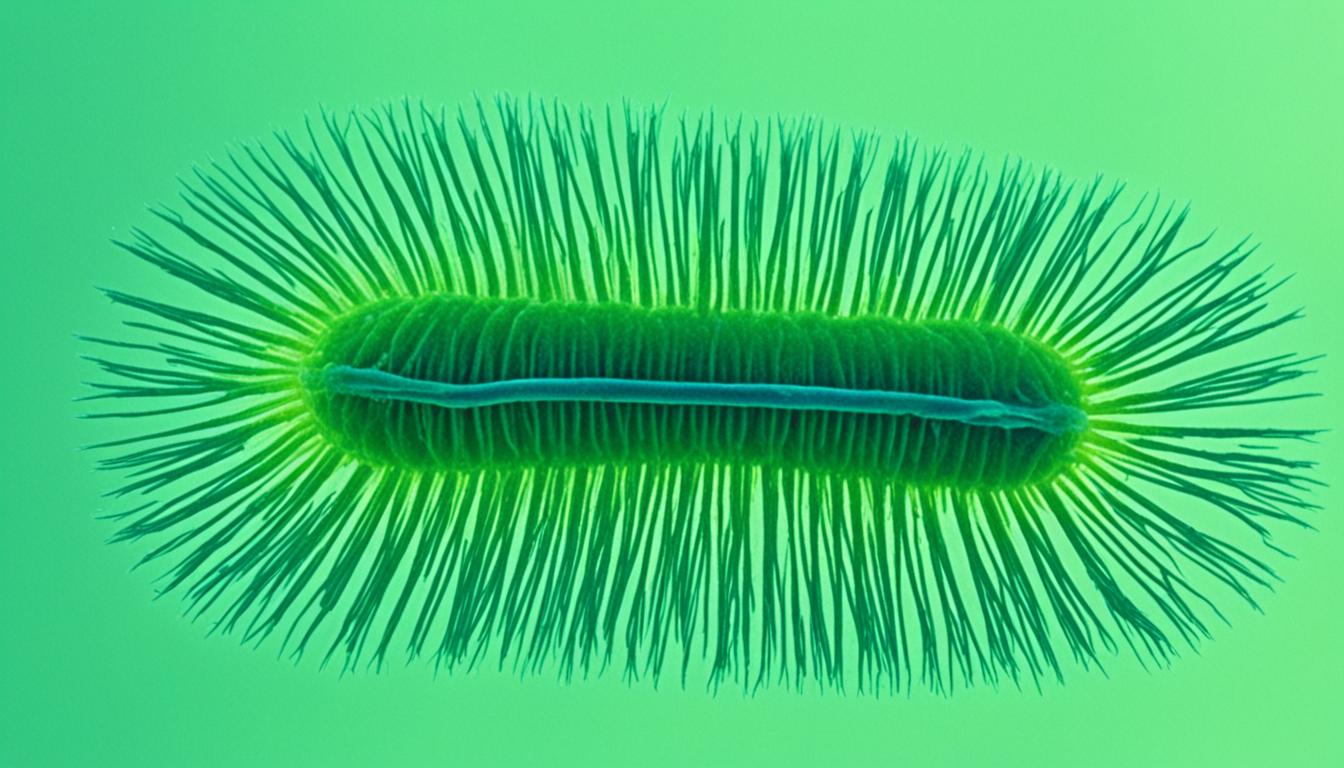Trichomoniasis is a common sexually transmitted disease. It’s caused by the parasite Trichomonas vaginalis. About 70% of those infected show no symptoms. But, when symptoms do appear, they can be mild or severe.
The signs usually start showing 5 to 28 days after getting the infection. It spreads mainly through sex. Women can get vaginitis or urethritis, while men may get urethral infections. Diagnosis requires specific tests like culture, antigen and antibody, and DNA tests.
Treatment involves medications such as metronidazole or tinidazole. Both the patient and their partner should take the treatment. This helps prevent spreading it again. Lately, scientists are looking into using stem cells as a treatment for trichomoniasis. But, more studies are necessary to see if this is effective.
Key Takeaways:
- Trichomoniasis is a sexually transmitted disease caused by the parasite Trichomonas vaginalis.
- About 70% of infected individuals may not experience symptoms.
- Symptoms can range from mild irritation to severe inflammation.
- Trichomoniasis is primarily transmitted through genital contact during sex.
- Proper diagnosis is important through tests such as cell culture, antigen and antibody testing, and DNA testing.
- Treatment options include medications like metronidazole or tinidazole, and both partners should receive treatment.
- Stem cell therapy is being researched for its potential in trichomoniasis treatment.
Symptoms of Trichomoniasis
Trichomoniasis is a common, often silent STD caused by Trichomonas vaginalis. It may not show any symptoms in many cases. But, when symptoms do show up, they differ between men and women.
Symptoms in Women
Women with trichomoniasis might have:
- Vaginal discharge that smells bad and varies in color
- Genital area redness and itching
- Feeling pain when using the bathroom or having sex
These signs can be really uncomfortable. They can also make daily life harder for women.
Symptoms in Men
In men, the signs are usually milder or not visible. Yet, some may notice:
- Pain or discomfort inside the penis
- Feeling a burn when peeing or right after sex
- Having some discharge from the urethra
Even if men have fewer symptoms, they can still pass the infection to their partners. So, it’s very serious.
Seeing any of these signs, men or women should see a doctor. Early action can stop the symptoms from worsening. It can also lower the chances of spreading the infection.
Trichomoniasis Symptoms Comparison
| Symptoms | Women | Men |
|---|---|---|
| Vaginal Discharge | ✅ | |
| Genital Redness and Itching | ✅ | |
| Pain During Urination | ✅ | ✅ |
| Pain During Sex | ✅ | |
| Urethral Discharge | ✅ |
Note: A checkmark (✅) shows which symptoms each sex might have.
Risk Factors and Complications of Trichomoniasis
Trichomoniasis is a common sexually transmitted disease with various risks and complications. It’s important to know these factors. This knowledge helps people lower their chances of getting the disease.
Risk Factors
Several factors can increase the risk of getting trichomoniasis:
- Having multiple sexual partners can greatly increase your risk. The more partners someone has, the more they could be exposed to the parasite.
- If you’ve had other STDs like gonorrhea or chlamydia, you’re more likely to get trichomoniasis. Other STDs can weaken your immune system, making it easier to get new infections.
Complications
Trichomoniasis can cause problems, especially for certain groups of people:
- For pregnant women, trichomoniasis might lead to having a baby too early or with low birth weight. It could also infect the baby during birth. Pregnant women should get treated quickly to protect themselves and their babies.
- Getting trichomoniasis might also increase your risk of getting HIV. The disease can make it easier for HIV to get into your body. Use safe sex and barriers if you have trichomoniasis to help avoid HIV.
| Risk Factors | Complications |
|---|---|
| Multiple sexual partners | Pregnancy complications |
| History of other STDs | Increased risk of HIV infection |
It’s key for those at risk to prevent trichomoniasis. Safe sex and regular testing are important. This way, people can lower their trichomoniasis risk and protect their health.
Conclusion
Trichomoniasis is a common sexually transmitted disease. The parasite Trichomonas vaginalis is its cause. It often shows no symptoms. Getting tested regularly is key to finding it early. This makes treatment more successful. Symptoms sometimes include mild irritation or severe swelling. They affect both sexual health and well-being.
Treating trichomoniasis uses medicines like metronidazole or tinidazole. It’s crucial for a patient and their partner to get treated. This stops reinfection and supports a healthy sex life. Using condoms and limiting sexual partners can also help avoid this and other diseases.
For good sexual health, testing often and talking with doctors is important. It allows people to stay ahead of any problems. This way, they can keep themselves and their community safe from trichomoniasis and other infections.

